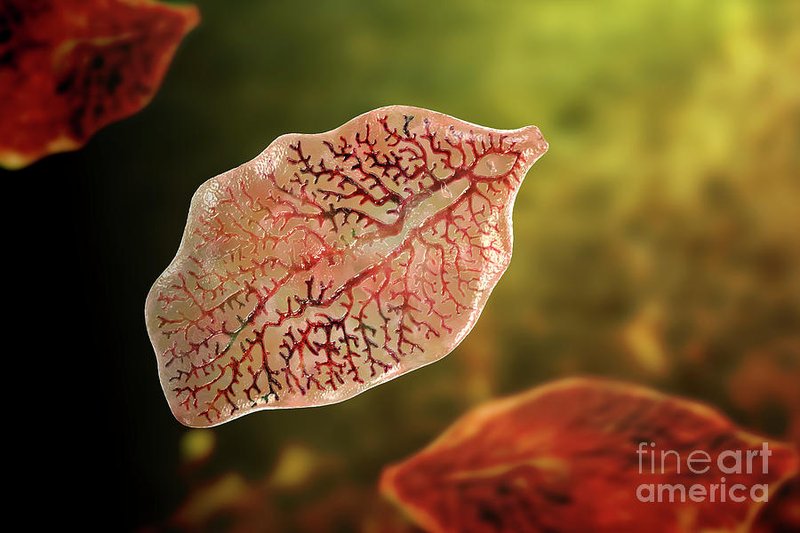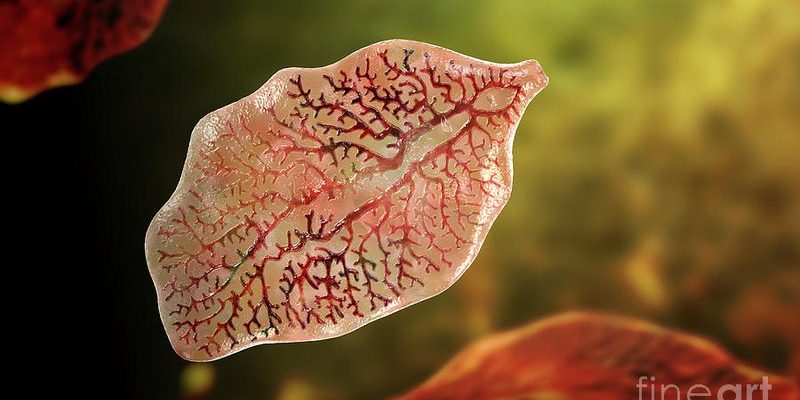
Think of liver flukes as nature’s own little puzzles. Understanding how they function, where they fit in the food web, and how they affect their hosts can shed light on broader concepts like disease transmission, ecological balance, and even the importance of biodiversity. This article explores how to safely incorporate liver flukes into school science demonstrations, offering engaging and educational experiences for students at all levels.
Why Use Liver Flukes in Science Demonstrations?
Understanding Parasitic Relationships
Using liver flukes can help students grasp the basics of parasitic relationships. When you talk about parasites in class, there’s often a lot of confusion. What do they do? How do they survive? These questions can be a starting point for diving deeper into ecology and biology. You might say liver flukes are like secret agents in a very complex world—interacting with their hosts (like sheep or cattle) in ways that can lead to health issues, but also highlighting fascinating aspects of nature.
By observing how liver flukes affect their host organisms, students can learn about the intricate balance of nature. It’s a great way to show them that every creature, even those considered undesirable, has a role to play in the ecosystem. It opens the door for discussions about health, agriculture, and environmental science.
Practical Applications in Classrooms
Imagine walking into a science lab where students are not just reading about biology from a textbook, but actually looking at live specimens (or slides) and engaging with the material on a hands-on level. This interaction can make learning memorable and meaningful. Using liver flukes can also tie into various curriculum standards—like anatomy, physiology, and environmental science.
For example, you can demonstrate the life cycle of liver flukes by showing how they transition through different hosts. This hands-on approach helps students visualize concepts without overwhelming them with jargon. Through demonstrations, they’ll see that science isn’t just something confined to books; it’s alive and full of real-world applications.
Setting Up Safe and Effective Demonstrations
Sourcing Liver Flukes Responsibly
When it comes to demonstrations, sourcing liver flukes can feel daunting. But here’s the thing: you don’t have to go out and catch them yourself. Many educational suppliers offer preserved specimens that are safe and ethical for educational use.
When you buy live or preserved liver flukes, make sure they’re obtained from reputable sources that follow ethical guidelines. You want to ensure that your students are engaging with these organisms in a manner that respects both the animals involved and your local wildlife regulations.
Preparing the Classroom
Before you introduce liver flukes, preparation is key. Set the stage for a hands-on learning experience.
– Lab Equipment: Make sure you have all necessary equipment, like microscopes, slides, and protective gear.
– Safety Protocols: Discuss safety procedures with your students. Although liver flukes aren’t harmful in a classroom setting, it’s smart to set general lab safety standards.
– Background Information: Provide printed materials or engaging presentations about liver flukes—what they are, how they live, and their life cycle.
By preparing thoughtfully, you’re ensuring students are ready to dive in and engage with the topic confidently.
Hands-On Activities for Learning
Microscopic Observation
One of the most engaging activities for students is observing liver flukes under a microscope. This not only captures their attention but also reinforces the concept of anatomy and organism structure.
1. Prepare Slides: Start by preparing slides with preserved liver flukes.
2. Microscope Basics: Teach students how to use the microscope effectively, pointing out the importance of focusing and adjusting light.
3. Observation and Discussion: Encourage them to note differences in shape, size, and any visible features. Discuss how these characteristics relate to the flukes’ role as parasites.
This activity not only enhances their observational skills but also fosters curiosity.
Exploring the Life Cycle
Another fantastic demonstration involves exploring the liver fluke’s life cycle. This could be a visual project where students illustrate each stage—from egg to adult.
– Visual Aids: Use diagrams or videos to show the life cycle stages.
– Interactive Timeline: Have students create a timeline of the lifecycle, either digitally or on poster boards.
– Group Presentations: Divide the class into groups and have them present their findings. This promotes collaboration and strengthens their understanding.
This approach helps students make connections between the stages and understand how each phase impacts both the parasite and its host.
Potential Challenges and Troubleshooting
Common Concerns
There may be some hesitance regarding using liver flukes in demonstrations. Understandably, some students or parents might have concerns about using any type of animal in a classroom setting.
Here’s the thing: communication is key. Clearly explain the educational benefits and reassure them about the ethical sourcing and handling of the specimens.
Handling Student Reactions
Another challenge could be student reactions. Some might find the idea of liver flukes a bit off-putting. Make it relatable; share fun facts about parasites in nature or other organisms that exhibit surprising behaviors.
Encourage an open dialogue where students can express their feelings. This not only normalizes their reactions but also allows them to engage in the learning process more thoroughly.
Learning Beyond the Classroom
Connections to Real-World Applications
Why does teaching about liver flukes matter beyond the classroom? Well, understanding parasitology has far-reaching implications—especially in fields of medicine, agriculture, and environmental science.
For instance, knowing how these organisms impact livestock can help students appreciate the importance of animal health in agriculture. It also prepares them for discussions around public health, zoonotic diseases, and the interconnectedness of ecosystems.
Inspiring Future Scientists
Finally, using liver flukes in demonstrations might inspire some students to pursue careers in biology, medicine, or environmental science. It’s an engaging way to show that science isn’t just a set of rules; it can lead to meaningful solutions to real-world problems.
By sparking curiosity and dialogue, you’re helping foster the next generation of scientists, thinkers, and problem-solvers.
Using liver flukes in school science demonstrations can transform the way students view biology. Rather than just abstract ideas confined to textbooks, students can explore real-life examples, connect with nature, and develop critical thinking skills. So, why not dive in? Your classroom could be the next hub of curiosity and excitement!

